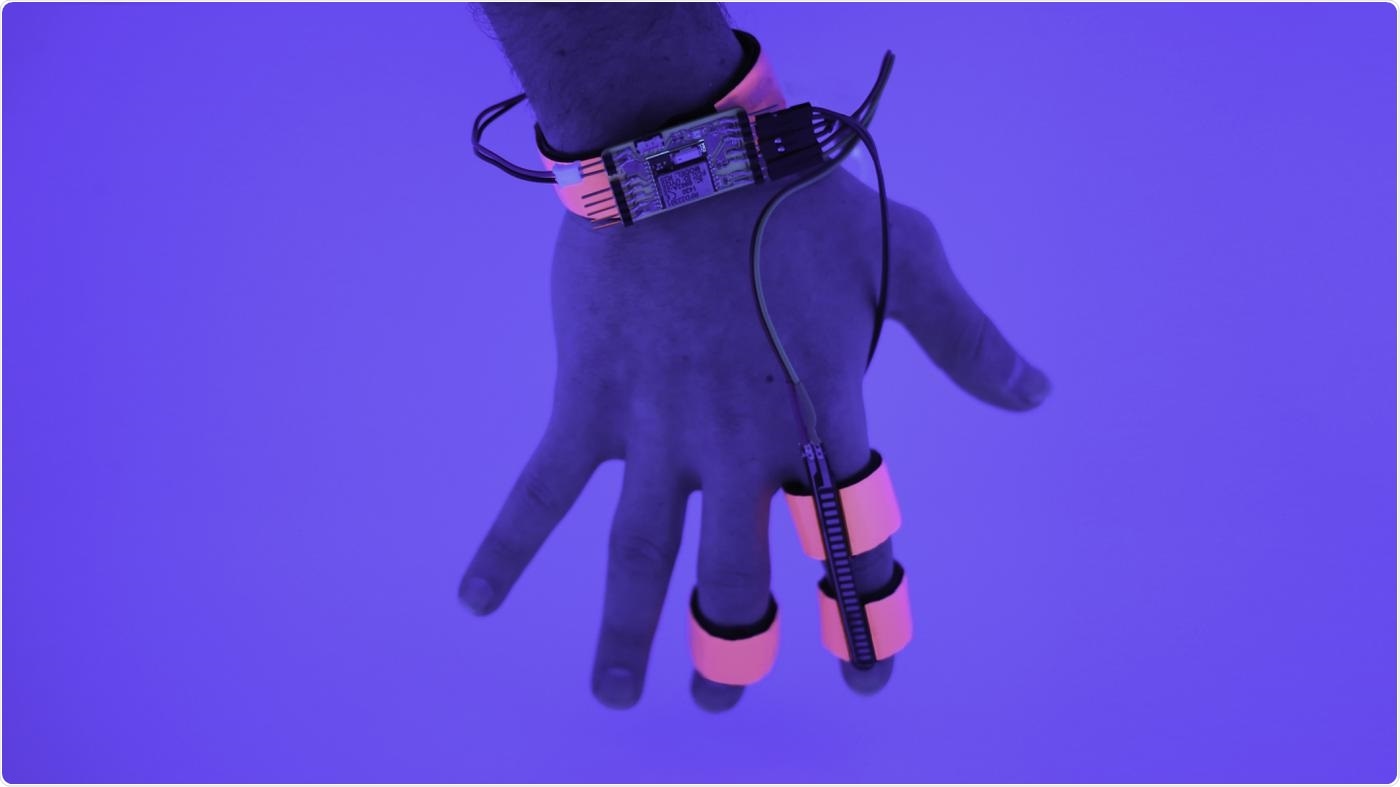A new study from American researchers shows that if dreams can be manipulated, memory could be enhanced and consolidated. The team tried a process called "dream incubation" using a device called Dormio in subjects for their study and published their novel findings. Their study titled, "Dormio: A targeted dream incubation device," was published today in the latest issue of the journal Consciousness and Cognition this week.

We hope this work inspires more active exploration of sleep states, both inside and outside of laboratory settings. Image Credit: Oscar Rosello
Researchers belonging to MIT Media Lab, Massachusetts Institute of Technology, Cambridge, Department of Psychiatry Beth Israel Deaconess Medical Center, Boston, Harvard Medical School, Boston, and Department of Psychology, Boston College, came together for this novel study on dream incubation. Neuroscientist Adam Haar Horowitz led the study from MIT.
The team wrote that dreams are experienced by all humans and in some animals as well. They defined this phenomenon as "delusional hallucinated experiences during sleep" and wrote that the relationship of these experiences with waking life experiences has not been clear. Some of the dreams arise from residual memories of the day before or older memories, they wrote.
Sleep hacking
The researchers explained that there had been studies that explored how dreams could be "hacked into" using stimulus from outside. These stimuli include "auditory, somatosensory, vestibular and olfactory input" provided during sleep. These interventions could help form new memories as well as enhance prior learning and alter the content of dreams. The team wrote, "While dream content can predict post-sleep memory enhancement, dreaming itself remains a black box." The interventions have usually been targeted towards a time of sleep called hypnagogia, which comes at a border time between consciousness and sleep.
Dormio: Interfacing with Dreams
Targeted Memory Reactivation (TMR)
Targeted Memory Reactivation (TMR) is the best researched sensory-level intervention to "hack" sleep mechanisms at the cognitive level. Here a learning task during waking time is used to reactivate memories during sleep. Here auditory or sound signals can be used both during waking time and during NREM sleep (Non-Rapid Eye Movement sleep). The authors wrote, "TMR is believed to target specific memories during sleep, augmenting their sleep-dependent reactivation and consolidation, and has been shown to improve subsequent performance on tests of declarative memory, skill learning, and spatial navigation."
Dreams and sleep-dependent memory
The experts said that memory that is dependent on the hippocampus region of the brain benefits from processing during NREM sleep. Emotional memory, on the other hand, is enhanced by REM sleep. Dreams during REM sleep have "intense emotions," they write.
Targeted dream incubation (TDI) using Dormio
This is a technique by which memories could be reactivated during sleep. Once reactivated, these memories and their related content could be incorporated into the dream content, they wrote. The authors have described their Dormio device that can perform TDI.
Author Haar Horowitz described the period of hypnagogia, "This state of mind is trippy, loose, flexible, and divergent. It's like turning the notch up high on mind-wandering and making it immersive — being pushed and pulled with new sensations like your body floating and falling, with your thoughts quickly snapping in and out of control."
The objective of this present study was to see if Dormio could identify the period of sleep onset and manipulate the content of a "hypnagogic dream" with the help of verbal cues that had been provided before sleep.
What was done?
A wearable glove-like device called the Dormio was used to generate the cues for target dream incubation before sleep onset. This targeted information was repeated during the hypnagogic period, they wrote. The study was made up of 49 participants (24 female, 25 male) of an average age of 26 years. Participants were divided into two groups - the Sleep group and the Awake group. All participants were asked to wear the Dormio system. Participants in the Sleep group were allowed to sleep for 45 minutes wearing the sleep mask. Those in the Awake group stayed awake with their eyes closed. Specific verbal cues were given before sleep onset, and mentation reports were collected. Those in the Awake group were asked for 4 to 5 mentation reports. The study included day time napping.
As the subject fell asleep, an associated app played cues such as "Remember to think of a tree." In the sleep group, as the participant fell asleep, the Dormio device checked on their physiological changes and detected when the person was about to fall asleep. During this state, the participant was roused briefly and asked what was going on in their mind, and a verbal report was recorded. This was repeated several times.
What was found?
This study showed that the Dormio device could be used to control the dream content using controlled experimentation techniques. The alteration of dreams also led to the transformation of experiences into memories, the team wrote. For example, if the Dormio device had prompted the participant to think of a tree, 67 percent of the participants reported talking about a tree during their hypnagogic state. Compared to this, those allowed to stay awake did not talk about a tree; the team found.
Implications and conclusions
The team wrote, "We envision a future where controlled dreams allow experiments on dream causality." Thus this study shows that dreams could be shaped and manipulated, and this system could have an impact on learning behaviors as well.
Haar Horowitz said, "Dreaming about a specific theme seems to offer benefits post-sleep, such as on creativity tasks related to this theme. This is unsurprising in light of historical figures like Mary Shelley or Salvador Dalí, who were inspired creatively by their dreams. The difference here is that we induce these creatively beneficial dreams on purpose, in a targeted manner."
Sources:
Journal reference: